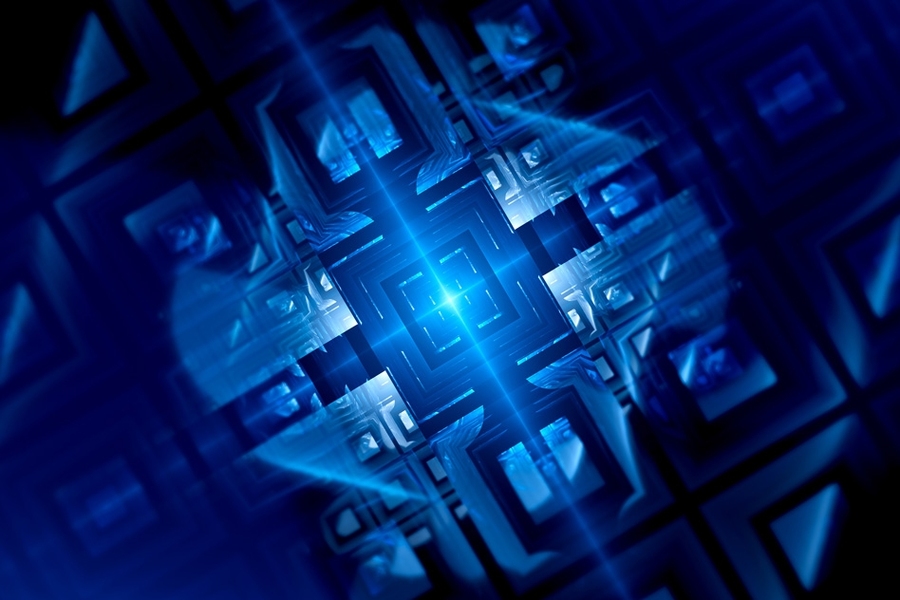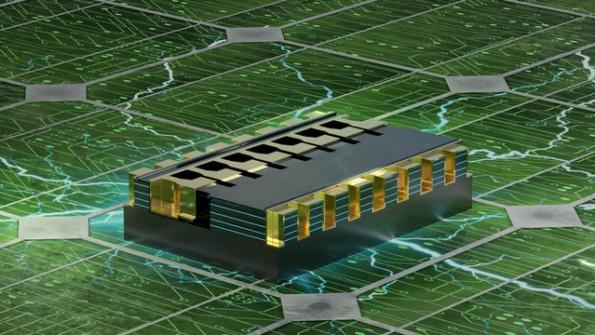By using the structure of nanomolecular memory , it is possible to substantially reduce the size of memory bits, thereby increasing the density of magnetic memory and its efficiency (PhD in Nano-Microelectronics).
Researcher and author: Dr. ( Afshin Rashid)
Note: By using the structure of nanomolecular memory , the size of memory bits can be substantially reduced, thereby increasing the density and efficiency of magnetic memory and lowering the cost and cost. Nanotechnology methods are now being used to provide some very powerful memories.
Nanocrystals, the use of which will increase the lifespan of flash memory. And the development of a magnetic material based on the protein ferritin, which will be used to make disk drives and memory chips. The production and manufacture of memory is one of the largest industrial sectors, but it also faces several technical problems; Problems such as leakage from the capacitor, structures with increasing complexity, and sensitivity to minor errors due to cosmic rays. The existence of such problems makes it impossible for chip makers to reduce their chip dimensions beyond this. Nanoelectronics Science and Technology Features of Nano Molecular Memory Offer different. Photofraction materials, for example, represent only one type of optical memory. In fact, using nanotechnology can increase the storage capacity of information by a thousand times or more. Information storage is a very important and necessary topic that can be done in various ways through nanomolecular memory . One of the new data storage tools is the use of nickel quantum dots in nanometer sizes that are expected to be used to store terabytes of data. Due to nano molecular memory, there is a high potential for activity in this field.
Each quantum dot contains a separate ball of several hundred atoms that can have one of two magnetic states. This allows them to contain a bit of information (zero or one), as is customary in machine computing. On common hard disks, the data bits must be spaced far enough apart to avoid retaliation. Quantum dots act as completely independent units that are not structurally interconnected, so they can be somewhat closer together. Supporting nanostructures (SRAMs) are memory chips made of carbon nanotubes, although the discovery of small but very strong, flexible, and conductive carbon nanotubes with dimensions similar to DNA strands has been used. Absorb chlorophyll-like microorganisms instead of storage capacitors in DRAM and SRAM memory chips.
Conclusion :
By using the structure of nanomolecular memory , the size of memory bits can be substantially reduced, thus increasing the density and efficiency of magnetic memory and lowering its cost and cost. Nanotechnology methods are now being used to provide some very powerful memories.
Researcher and author: Dr. ( Afshin Rashid)
PhD in Nano-Microelectronics




